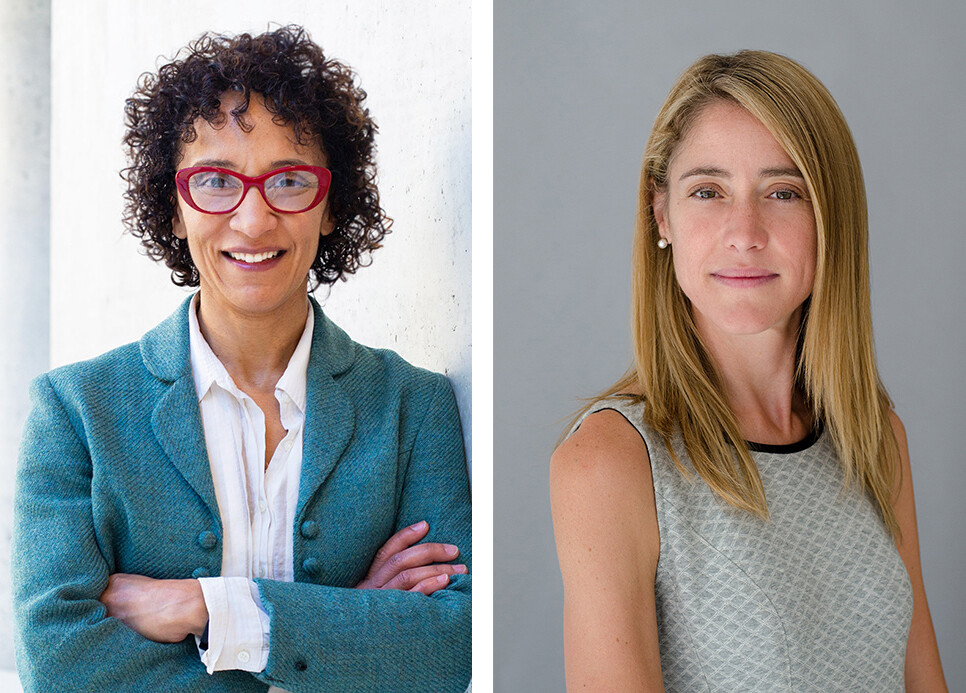Mobile Menu
- Education
- Research
-
Students
- High School Outreach
- Undergraduate & Beyond: Community of Support
- Current Students
- Faculty & Staff
- Alumni
- News & Events
- Giving
- About

More than 100 physiotherapy learners at the University of Toronto have created teaching resources they hope will help make their profession and the world more equitable.
The learners developed 65 arts-based teaching materials such as drawings, blog posts and video games to explore systems of inequality including racism, ableism and ageism.
The assignment is part of a cross-curricular theme called social, political, ethical and cultural (SPEC) dimensions of health and healthcare in the Master of Science in Physical Therapy program.
The idea is to deepen each learner’s understanding of equity, diversity and inclusion (EDI) and anti-oppression in physiotherapy and healthcare, and lay groundwork to transform the field of physiotherapy.
“There’s a lot of privilege in this profession from the composition of the classrooms to who has access to physiotherapy. We want learners to learn, unlearn, speak up, stand up, and make space for those who live on the margins,” says Stephanie Lurch, equity, anti-racism and social accountability leader in in the department of physical therapy at the Temerty Faculty of Medicine.
Lurch co-developed the project with Martine Quesnel, a professor of physical therapy at Temerty Medicine.
The goal is to help learners reflect critically on their own privilege and how it relates to interlocking systems of inequality using the 'coin model'. Each ‘coin’ represents a system of inequality, such as racism or ableism. Based on one’s social location, people either receive unearned advantage (top of the coin) and disadvantage (bottom of the coin) — even if they’re unaware of these dynamics.
“Often, people focus equity, diversity and inclusion issues on learning about the ‘bottom of the coin’, while ignoring the systems that create the inequality in the first place or the complicity of people on the top of these same coins,” says Stephanie Nixon, a professor of physical therapy and director of the International Centre for Disability and Rehabilitation who helped co-create the project with Lurch and Quesnel.
“We wanted to awaken our learners to the forms of unearned advantage, or privilege, they receive and how they can work to interrupt those harmful systems,” Nixon says.
For learners Andrew Daly and Diane Kim, developing their materials was transformative. Through their project, Dieting, a Piece of Cake? No Weigh!, the pair explored the ways sizeism affects people with bigger bodies in the healthcare system.
Their cartoon features a patient and their physiotherapist, who presents weight loss as a pillar of managing osteoarthritis. As the physiotherapist shares information about macronutrients and moderate-to-vigorous activity levels, the patient appears to feel uncomfortable and overwhelmed.
Daly and Kim draw the reader’s attention to how clinicians need to be aware of how they may be reproducing fat stigma while educating patients about potential benefits of weight loss.

“As clinicians, it can be uncomfortable to examine and discuss our own blindspots in these systems of inequality, like sizeism. This discomfort can be a barrier to talking about these issues, which means they don’t get challenged,” says Kim. “Our profession has such potential to optimize people’s lives. To have good clinical outcomes, we need to make sure we’re not unwittingly contributing to inequity.”
Students presented their projects at a gallery walk event that featured six curated exhibition discussions led by faculty members and community ‘guest stars’ who shared their own reflections on the resources, which helped deepen the conversations and further the students’ learning.
The assignment and event are part of the renewed physical therapy curriculum.
“When we were designing the project, we considered important curricular pieces,” says Quesnel. “But importantly, we asked ourselves, what does it take to be an exceptional physiotherapist?” Quesnel says they kept coming back to the idea of meaningful care — taking the entire individual into account and being creative.
“And we wanted to include people from the community because that’s who receives care,” Quesnel says. “They teach us more than we teach them.”
Lurch says that traditional lectures enable a colonial approach; students swoop in, take what they want, and leave. “There’s no reciprocity,” she says. “This format invites learners to take a more active role in engaging with the material and ultimately, change the system.”
Highlights from the Gallery Walk can be seen here.

